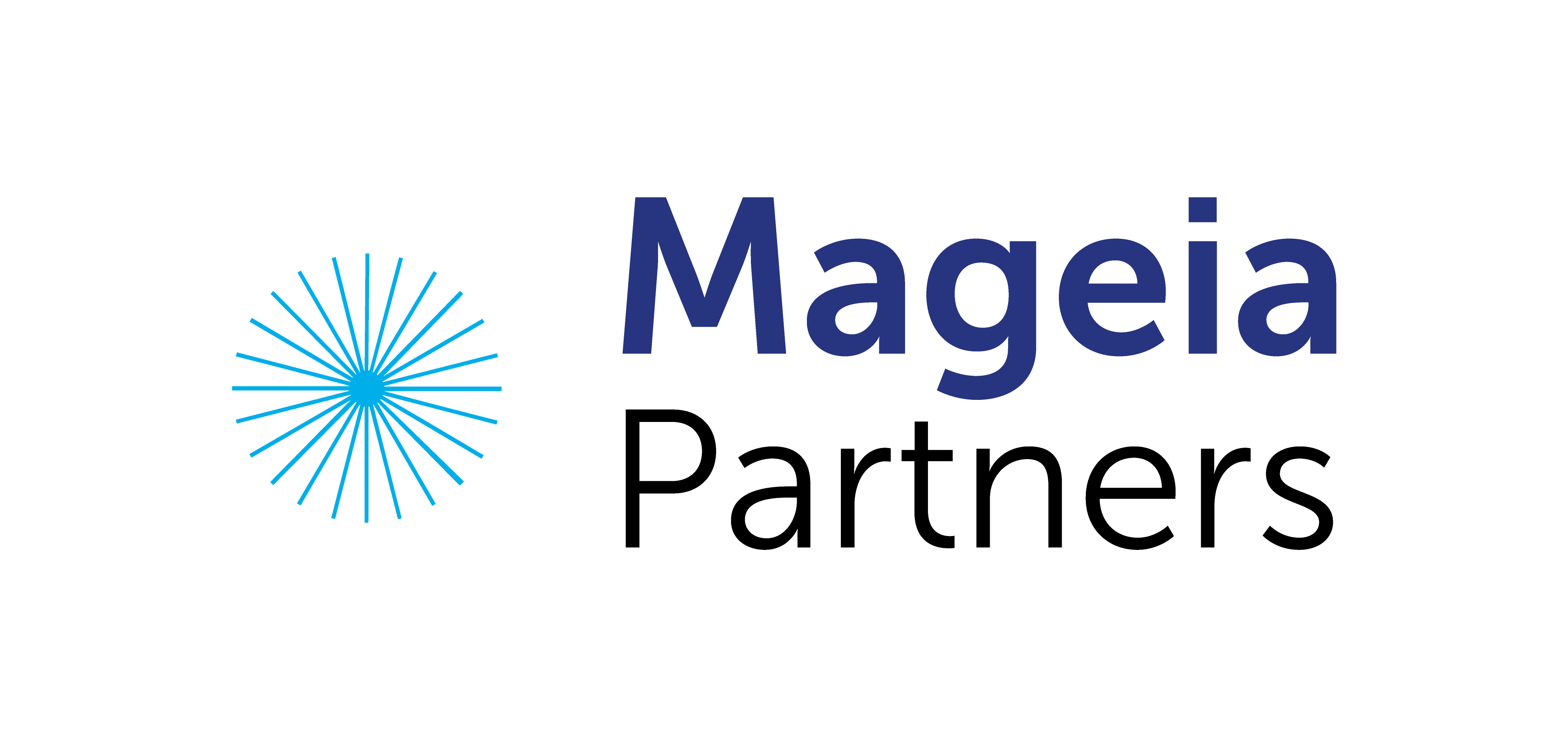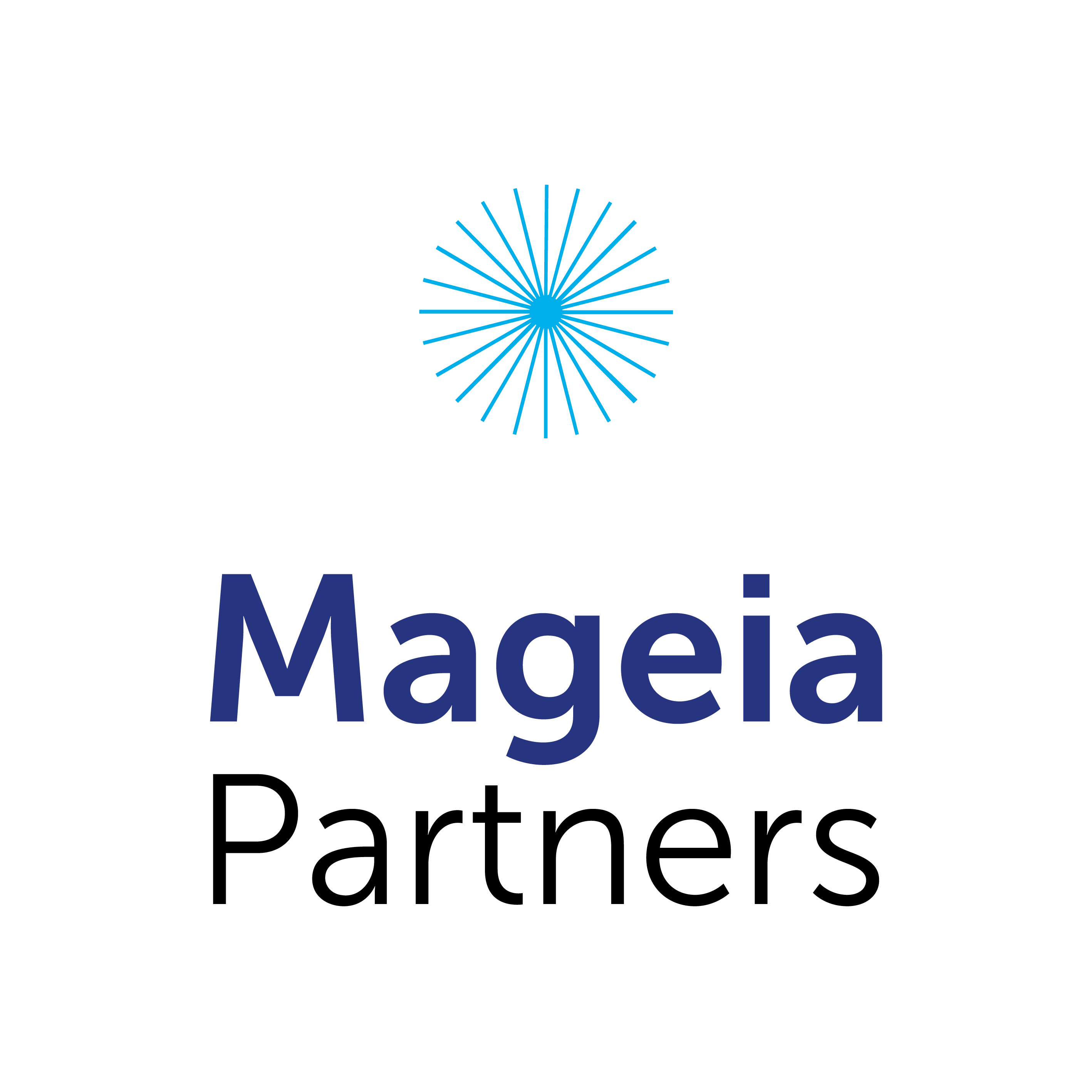Clearly understanding the associated domains variety when discussing the financial performance of the supply chain is certainly not a trivial process!
1. The O2C (receivable ledger) and P2P processes (payable ledger) cash performances mostly mean collecting and disbursing as negotiated & stipulated in the customers & suppliers contracts.
→ Its measurement consists in analyzing ageing balances while enhancing it would typically involve business process management expertise.
→ Traditional KPI, DSO and DPO, may be misleading by potentially ignoring « time value of money » trades off negotiated by the sales and/or procurement teams.
2. Inventory is often the working capital requirement main contributor and the least understood asset.
→ If DIO is a relatively fair aggregate performance KPI, it does not describe the inventory structure , that could include excessive high runners, while being short of medium & low runners, finally resulting in poor service rates.
→ Optimizing your inventory certainly involves business process management and logistic expertise but the most spectacular upsides will derive from data analytics.
3. Receivables & payable financing schemes are widely available, i.e., factoring, and reverse factoring (also called supply chain financing), respectively.
→ Such financing typically outperforms if a credit rating differential exists, allowing the sell side to take advantage of the buy side’s investment grade, while eventually deconsolidating the debt.
→ Inventory backed financing is still in its infancy, as continuously monitoring the effective economic value of an inventory is not a routine process.
4. Indirect tax aspects, such as VAT, must also be clearly understood at the design stage.
→ A tax efficient supply chain design between two specific jurisdictions could end up in limbo if replicated in a third country favoring form over substance.
→ A typical example would be inter-company VAT credits that may remain increasing in the balance sheet forever, while the associated offsetting cash will continue bleeding.
In summary, improving the supply chain financial performance in order to capture incremental value, means onboarding a variety of expertise including business process management, logistic, controlling and treasury, as well as data science and tax. Obviously a seamless cooperation with the IT team will smooth the implementation of the proposed enhancements.




